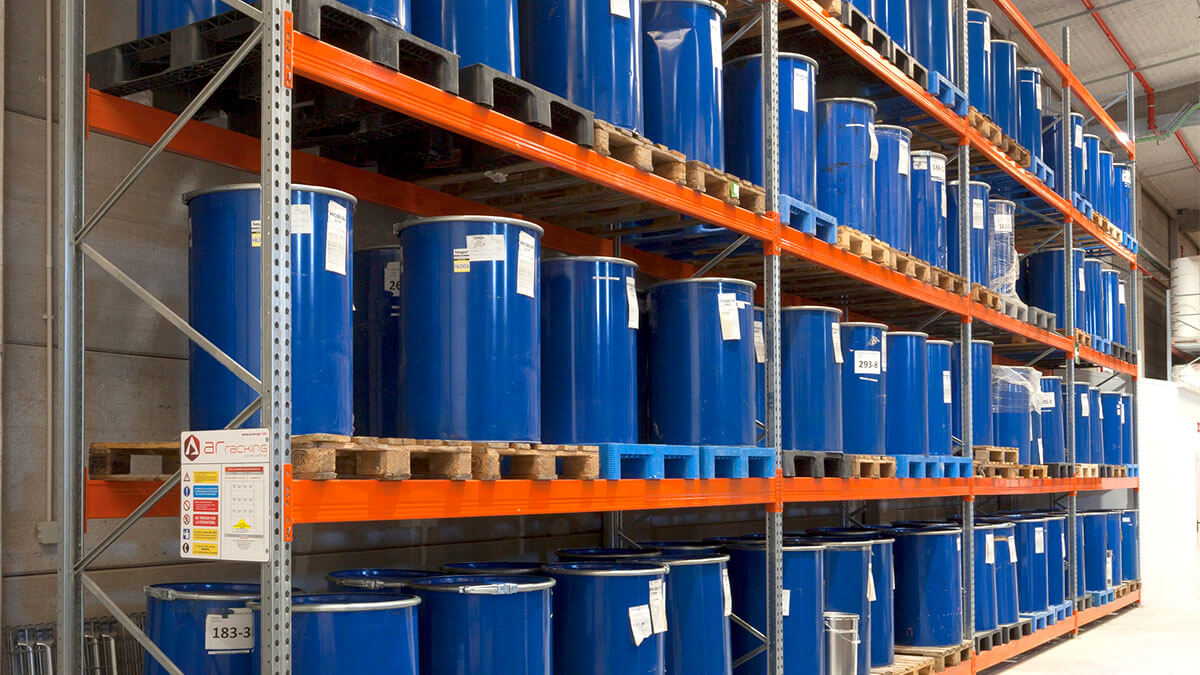Sapphire, a gemstone that has captivated humanity for centuries, is often associated with luxury, beauty, and durability. However, for gem enthusiasts and mineral collectors alike, the question arises: How do you know if sapphire is a mineral? This inquiry delves deeper than mere aesthetics; it requires an understanding of mineralogy, crystallography, and the geological processes that form these exquisite stones. In this article, we will explore the defining characteristics of minerals, the specific properties of sapphire, and how to distinguish genuine sapphires from imitations.
Understanding the Definition of a Mineral
To determine whether sapphire qualifies as a mineral, we must first establish what constitutes a mineral. According to the International Mineralogical Association (IMA), a mineral is defined by five key criteria:
- Naturally Occurring: Minerals must form through natural geological processes, not synthetically created in a laboratory.
- Inorganic: Minerals are typically inorganic, meaning they are not derived from living organisms.
- Solid: A mineral must be solid at room temperature, with a definite crystalline structure.
- Definite Chemical Composition: Each mineral has a specific chemical formula that defines its composition.
- Ordered Atomic Arrangement: The atoms in a mineral are arranged in a systematic and repeating pattern, giving it a crystalline structure.
The Mineral Composition of Sapphire
Sapphire is a variety of the mineral corundum, which is composed primarily of aluminum oxide (Al2O3). The presence of trace elements such as iron, titanium, chromium, and magnesium gives sapphires their diverse range of colors, including the iconic blue hue. This composition aligns with the criteria outlined above, confirming that sapphire is indeed a mineral.
- Naturally Occurring
Sapphires form in metamorphic and igneous environments, typically within aluminum-rich rocks. Their formation can take millions of years, resulting from high-pressure and high-temperature conditions. This natural occurrence is a fundamental aspect that classifies sapphire as a mineral.
- Inorganic Nature
Sapphire is an inorganic compound, as it does not originate from biological processes. This characteristic is crucial in distinguishing it from organic gemstones like amber or pearl, which are derived from living organisms.
- Solid State
At room temperature, sapphires are solid and maintain their structural integrity. This solid state is essential for their use in jewelry and industrial applications, where durability is paramount.
- Definite Chemical Composition
The chemical composition of sapphire is consistent, primarily consisting of aluminum oxide. Variations in color are due to the presence of trace elements, but the fundamental chemical structure remains unchanged.
- Ordered Atomic Arrangement
Sapphire exhibits a hexagonal crystal system, characterized by a well-defined atomic arrangement. This ordered structure contributes to its hardness, rated 9 on the Mohs scale, making it one of the hardest minerals known.
Distinguishing Genuine Sapphires from Imitations
While understanding the mineralogical properties of sapphire is essential, it is equally important to recognize how to differentiate genuine sapphires from synthetic or imitation stones. Here are several methods to ensure authenticity:
- Visual Inspection
Genuine sapphires often exhibit natural inclusions, known as silk, which are tiny needle-like structures within the stone. These inclusions can be observed under magnification. In contrast, synthetic sapphires may appear too perfect, lacking the unique imperfections found in natural stones.
- Refractive Index Testing
Sapphires have a specific refractive index (RI) ranging from 1.76 to 1.77. Using a refractometer, gemologists can measure the RI to confirm whether a stone is a genuine sapphire.
- Hardness Test
Due to their high hardness, sapphires can scratch glass and other softer materials. Conducting a scratch test can help determine the authenticity of the stone.
- Professional Appraisal
For those seeking a definitive answer, consulting a certified gemologist or appraiser is the most reliable method. They can perform a series of tests, including spectroscopy and fluorescence analysis, to confirm the stone's identity.
Conclusion
In conclusion, sapphire is unequivocally classified as a mineral based on its natural occurrence, inorganic nature, solid state, definite chemical composition, and ordered atomic arrangement. Understanding these characteristics not only enriches our appreciation of this stunning gemstone but also equips us with the knowledge to distinguish genuine sapphires from imitations. Whether you are a collector, a jeweler, or simply an admirer of gemstones, recognizing the mineral status of sapphire enhances your engagement with the world of geology and gemology. As you explore the beauty of sapphires, remember that their allure is not just skin deep; it is rooted in the fascinating science of minerals.

